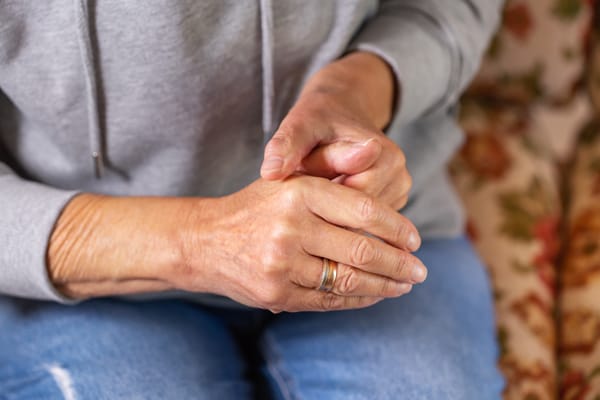DeQuervain’s Tenosynovitis is a painful inflammation of tendons on the side of the wrist near the base of the thumb. The tendons most commonly affected in this condition are the abductor pollicis longus (APL) and the extensor pollicis brevis (EPB), which originate mid-way up the forearm and end at different points along the thumb. These muscles move the thumb away from the hand and are susceptible to irritation with repetitive or unaccustomed use. The fluid filled sheath that surrounds these tendons can become inflamed and painful in the early stages or begin to thicken and restrict movement in the later stages.
The pain associated with DeQuervain’s is most commonly a gradual, insidious onset due to repetitive use of the wrist and thumb. The pain can be sharp during movement or achy at rest and is generally felt over the wrist but can travel up the forearm. Some people may also notice “squeaking” or catching as the tendons move through the constricted tunnel along wrist. The pain is usually triggered by pinching, squeezing, grabbing motions, and especially with precision gripping (ie key grip, picking up a stack of papers).
DeQuervain’s is more common in people who can relate to the following:
- Previous injury to the wrist
- Work that requires repetitive use of their hands (carpentry, secretarial, typing, using a mouse)
- Engage in certain sports and activities (e.g. musicians, golf, racquet sports, video gamers, knitting)
- New mothers (caring for an infant often creates awkward hand positioning)
- Age between 30-50
DeQuervain’s can occur bilaterally, but it usually starts in the dominant wrist. It is a very common overuse injury and consultation with a Physiotherapist is highly recommended to help resolve this problem.
If you think you might have DeQuervain’s Tenosynovitis contact us to book an appointment with one of our Physiotherapists today!




